This website uses cookies to ensure you get the best experience on our website.
- Table of Contents
Facts about Interferon regulatory factor 1.

Stimulates both innate and acquired immune responses through the activation of specific target genes and can act as a transcriptional activator and repressor regulating target genes by binding to an interferon- stimulated response element (ISRE) in their promoters. Its target genes for transcriptional activation activity include: genes involved in anti inflammatory reply, such as IFN-alpha/beta, DDX58/RIG-I, TNFSF10/TRAIL, OAS1/2, PIAS1/GBP, EIF2AK2/PKR and RSAD2/viperin; antibacterial response, such as NOS2/INOS; anti- proliferative response, such as p53/TP53, LOX and CDKN1A; apoptosis, such as BBC3/PUMA, CASP1, CASP7 and CASP8; immune response, such as IL7, IL12A/B and IL15, PTGS2/COX2 and CYBB; DNA damage responses and DNA repair, such as POLQ/POLH; MHC class I expression, such as TAP1, PSMB9/LMP2, PSME1/PA28A, PSME2/PA28B and B2M and MHC class II expression, such as CIITA.
| Human | |
|---|---|
| Gene Name: | IRF1 |
| Uniprot: | P10914 |
| Entrez: | 3659 |
| Belongs to: |
|---|
| IRF family |

interferon regulatory factor 1; IRF1; MAR; MARIRF-1
Mass (kDA):
36.502 kDA
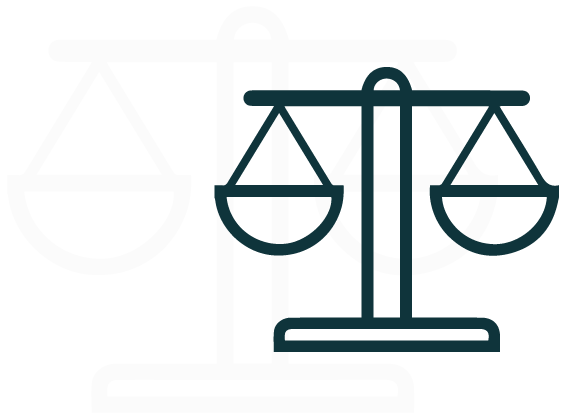
| Human | |
|---|---|
| Location: | 5q31.1 |
| Sequence: | 5; NC_000005.10 (132481609..132490789, complement) |
Nucleus. Cytoplasm. MYD88-associated IRF1 migrates into the nucleus more efficiently than non-MYD88-associated IRF1.
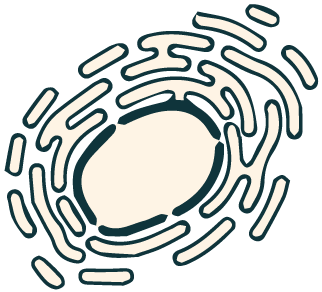
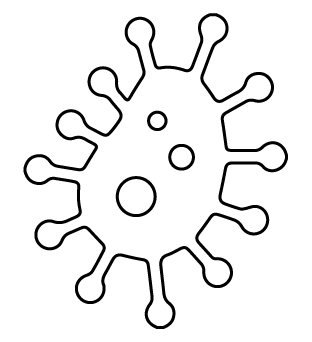

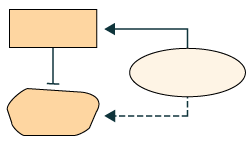

PMID: 2726461 by Maruyama M., et al. Sequence of a cDNA coding for human IRF-1.
PMID: 3409321 by Miyamoto M., et al. Regulated expression of a gene encoding a nuclear factor, IRF-1, that specifically binds to IFN-beta gene regulatory elements.